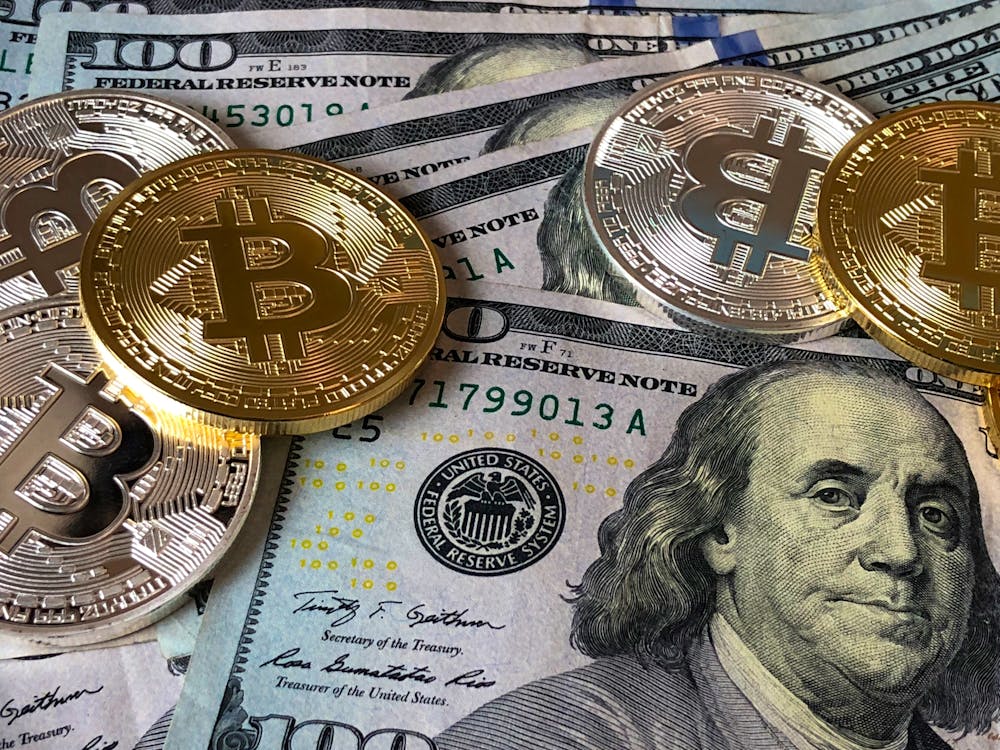
One of the major economic events after The Great Depression of 1929 was the Recession of 2008. The 2008 recession was the result of various causes like the fall in the price of the real estate market, banks and people making economically unsound and greedy decisions, and the Fed’s lack of foresight.
Everyone expected the tech companies to do wonders and thus, invested tons of money in it. But in 2001 many tech companies failed and several investors lost their money. This led to a widespread public fear of an impending recession. So, in order to avoid this disaster, the Fed decided to lower the interest rates from 6.5% in May 2000 to 1.75% in December 2001. This led to banks borrowing money from the Fed at lower interest rates and offering the public cheaper loans. However, the interest offered by the bank was also reduced, making depositing money in the bank an unappealing opportunity. This persuaded people to look for other investment opportunities. This caused bankers to be in losses.
In 2006 there was a huge dip in the real estate market thus, becoming an enticing opportunity to invest. To cover losses, banks started offering loans to people who were not financially sound. These loans were known as subprime loans. With an increase in the demand for real estate the prices also went really high. These subprime borrowers were mostly people with no income or asset and to pay off the previous mortgage they took another loan. Bankers, later on, thought of another idea to make a profit by making a bundle of several mortgages and sell them to other financial institution. This was known as Collateralized Debt Obligation (CDO).
Like a domino effect, the failure of payment of mortgage led to huge losses. Many investment banks like Bear Stearns, Merill Lynch, and Lehman Brothers collapsed. In the end, the U.S govt intervened by launching a 700-billion-dollar bailout package termed the ‘National Economic Stabilization Act of 2008’ to save the economy from this disastrous recession.